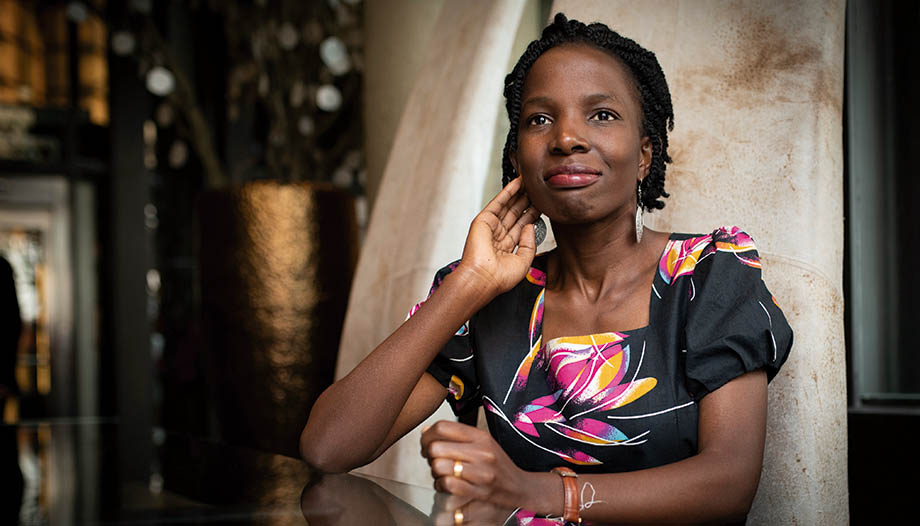Dr. Irene Kyamummi (Kampala, Uganda, 1983) is the fourth of eight siblings. She belongs to the Baganda tribe which, with three million people, is the largest ethnic group in Uganda, in sub-Saharan Africa. Since she was a child she wanted to become a doctor, "It was not a spur-of-the-moment decision, but a lifelong one. I always wanted to be a doctor. I wanted to help the sick, and I was attracted to the white coat of the doctors. We are Africans, we love our land, and we want our children to be able to live and serve." explains.
Several factors played a role in his decision. His parents, elementary school teachers, encouraged their children to follow their dreams, even if they lacked the means to make them come true. "My parents supported my sister Sanyu, a year older than me, and me; they were happy that we wanted to study medicine." points to Word.
Another factor was the health outlook, which was very close. Irene and her family saw many children dying or suffering from severe malnutrition. In Uganda, according to CIA World FactbookThe infant mortality rate recorded in 2019 is 55 babies under one year of age per 1,000 births, a percentage that compares with that of Spain -three deaths per 1,000 births-, "it is overwhelmingThe Ugandan doctor points out, "because "increases in rural and poorer areas".
The fact is even more significantbecause half of the population in Uganda are children, some 23 million. In addition, we are concerned about other data, which are even more relevant in rural areas: 3 out of 10 children under 5 years of age suffer from malnutrition. And two million children are stunted".
Colleagues leaving
"In 2008, I started working at Mulago Hospital, the largest public hospital in the country, with 1,500 beds, and between 80 and 100 births a day. The Kianda Foundation asked me to go to Kenya to lead the Child Health Project. (CHEP) Kimlea, which meant leaving an established job, but I was attracted by the idea of putting everything I knew to work for children. "I wasn't getting close to the Nobel Prize, but I was getting close to children who needed a doctor." says the doctor, explaining that "A third of my colleagues are out. They are looking for more money, for a better life. Of the doctors who make it, many of them leave.
"There in Kenya, on the outskirts of Nairobi, the CHEP project was born, I treated children who are sick and don't know they are sick. Children who belong to families who don't know when to go to the doctor. Some were suffering from malnutrition, or diseases that can easily be cured in a clinic. In a very short time, I got into the project and wanted to reach more and more children." In a few years, they have cared for more than 3,000 children. There, too, Dr. Irene Kyamummi made a decision that had been germinating for a long time: to treat and cure Ugandan children: "to push the same project in Uganda, because I feel the urgent need to bring healthcare closer to the population, to give families a culture of healthcare. I think the outlook is exciting".
Now, Dr. Kyamummi has just visited Spain to receive the Harambee 2020 Award for the Promotion and Equality of African Women for her CHEP project, sponsored by René Furterer Laboratories, to provide healthcare to the most vulnerable children in Uganda.
As you can imagine, Irene Kyamummi is asking for help for the construction of a dispensary in Kampala, which "It allows us to centralize the work and facilitate care. With only 50 euros, a child can receive medical care for 10 years. We need 25,000 euros for the first phase of this dispensary".









